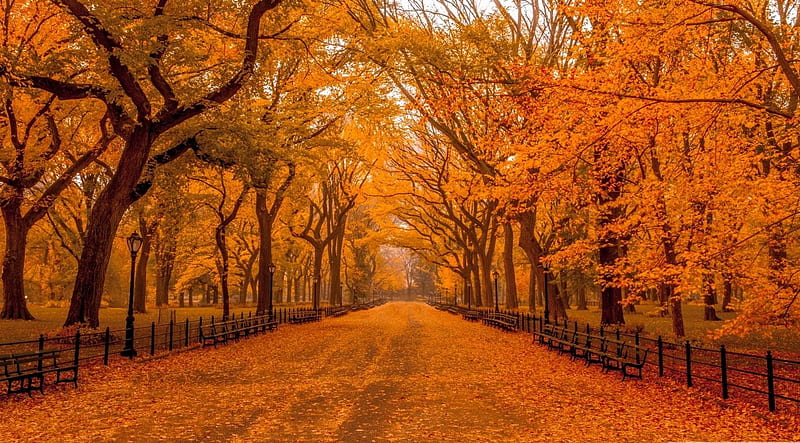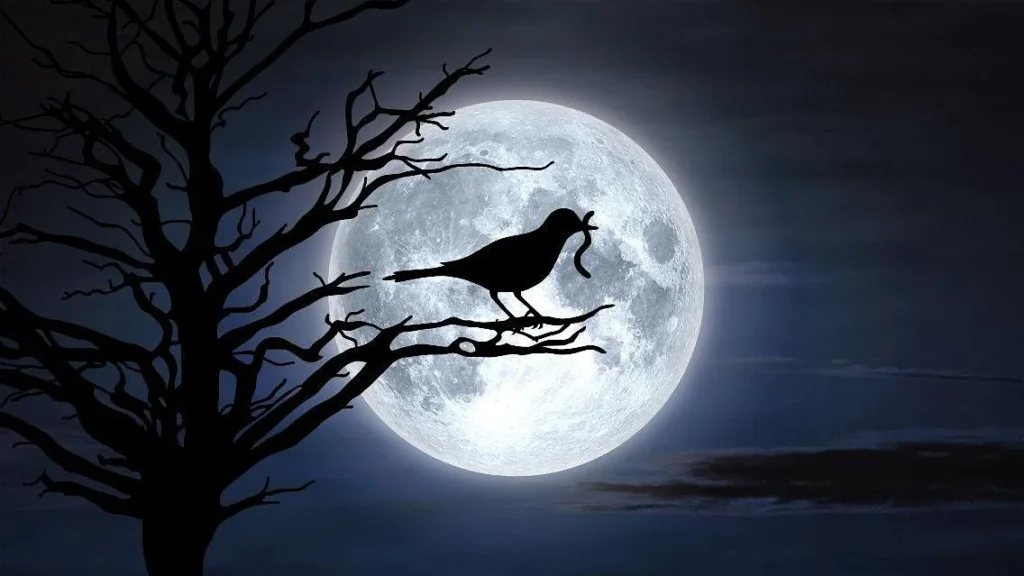The September equinox occurs at 12:39 UTC (6:39 AM, Baton Rouge). The Sun will shine directly on the equator and there will be nearly equal amounts of day and night throughout the world. This is also the first day of fall (autumnal equinox) in the Northern Hemisphere and the first day of spring (vernal equinox) in the Southern Hemisphere.
During an equinox the Sun shines directly over the equator resulting in nearly equal amounts of day and night throughout the world – except for the North and South Pole where the Sun approximately straddles the horizon for the entire day, according to Alphonse Sterling, an astrophysicist at NASA’s Marshall Space Flight Center in Huntsville, Alabama. Following the autumnal equinox, the Sun gradually continues to rise later and set earlier in the Northern Hemisphere – making the days shorter and the nightfall longer. The opposite is true in the Southern Hemisphere where the days begin to last longer.
Seasons are caused by Earth’s tilted axis which always points in the same direction. As Earth orbits around the Sun, the angle of sunlight that the Northern and Southern Hemispheres receive is different. “On the June solstice (summer) in the Northern Hemisphere, sunlight is more direct, so it warms the ground more efficiently,” said Mitzi Adams an Assistant Manager in the Heliophysics and Planetary Science Branch at Marshall. “In the Southern Hemisphere, sunlight is less direct (winter), which means that the ground is not heated as easily.”























